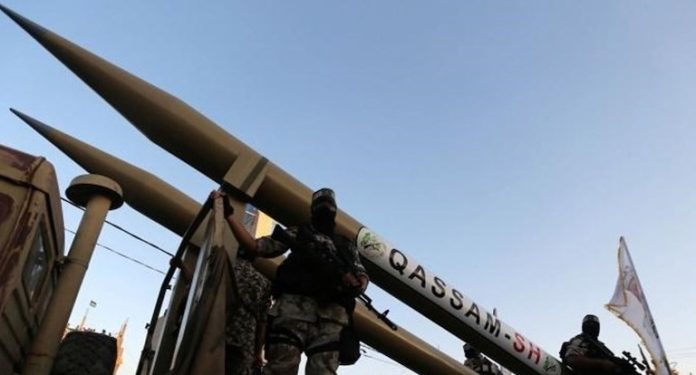Israel, because of its unique national security challenges, has long developed highly effective modern defence technologies and capabilities. One proof of Israel’s military might is the Iron Dome air defence system, which is widely recognised as the world’s best defence system against rockets and missiles.
However, on 7 October 2023, a massive rocket attack by Hamas took Israel by surprise. Hamas reportedly used several thousand rockets to fire into Israel. Although exact figures are not available, it is clear that most of the rockets penetrated Israeli defences, causing significant damage and a huge number of deaths.
However, why did such a development of defence strategy fail to deter the blow of a Hamas attack? To understand why, we must first understand the basics of air defence systems.
There are three key components to an air defence system. The first element is a radar to detect, identify and track approaching missiles. The range of these radars varies. According to Raytheon, the manufacturer of the Iron Dome, its radar is effective from 2.5 to 43.5 miles (4 to 70 kilometres) away. Once a missile is detected, it must be evaluated to determine if it poses a threat. This is done using information such as direction and speed. If an object is confirmed as a threat, Iron Dome operators continue to track it with radar.
The second component of the air defence system is the battle control centre. This component determines the principle of action in the event of a confirmed threat. Constantly updated radar information helps determine the most appropriate course of action: from where and how many interceptor missiles to launch against an incoming missile.
The third component is the interceptor missile itself. Iron Dome uses a supersonic missile with thermal detection sensors. These sensors send information to the interceptor in flight, allowing it to target and approach the threat. The interceptor uses a short-range fuse activated by a small radar that detonates in close proximity to the approaching missile so that a direct hit is not required to disable it.
Israel has about 10 Iron Dome batteries, each containing between 60 and 80 interceptor missiles. The cost of each such missile is about $60,000. In previous attacks using fewer rockets and missiles, Iron Dome has been 90 per cent effective against a range of threats.
So why has such an advanced air defence system failed to protect the country from recent Hamas attacks? It was the number of rockets. Hamas fired several thousand rockets, and Israel had less than a thousand interceptors ready to counter them. Even if Iron Dome was 100 per cent effective against incoming threats, the very large number of Hamas rockets meant that some of them would still reach their targets. The Hamas attacks have shown that even the most advanced air defence systems cannot cope if the number of threats they must counter outnumbers them.
Israel’s air defence has been built up over many years, with a lot of finance. How can Hamas afford to overcome it? Again, it is all about the numbers. The rockets fired by Hamas cost about $600 each, meaning they are about 100 times cheaper than Iron Dome interceptors. The total cost for Israel to fire all of its interceptors is about $48 million. If Hamas fired 5,000 rockets, however, they would only spend $3 million.
As part of a carefully prepared strategy, Hamas has amassed a large number of relatively inexpensive rockets that have overcome the defences of the Iron Dome. The Hamas attack was a prime example of military asymmetry: a low-cost, less powerful approach was able to defeat a more expensive, high-tech advanced system.
